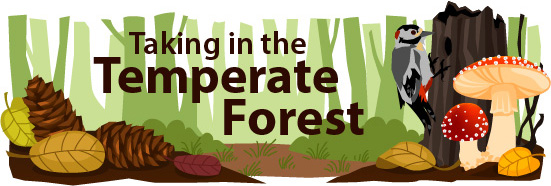Animals of the Temperate Forest
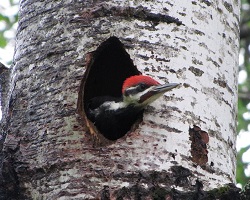
The first sound you’ll hear in the temperate forest are the birds. You may not see them, but if you listen closely you can hear many different bird calls. In fact, experienced biologists can identify many birds just by the calls they hear. The Pileated Woodpecker, a rare temperate forest woodpecker, has a distinctive call that you may learn to recognize.
A Quiet Winter
When winter comes, the forest turns from noisy to nearly silent. Many temperate forest birds are migratory, meaning that while they spend summers in temperate forests, they fly south every winter to find food.

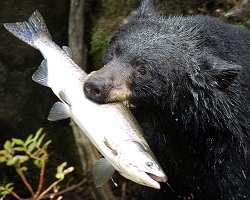
Bears spend summers rearing young and eating as much as possible to store fat for winter, when they won't eat for up to 7 months.
However, not all animals hibernate. Deer are active all winter, and browse on bark and buds, as well as grass they can dig up from under the snow, and leaves from any plants that keep their leaves through the winter.
Know Your Fungi
Fungi are an interesting group of organisms which are neither plants nor animals, but play important roles in the forest. Fungi participate in decomposition of organic matter in the soil.
Some mushrooms can be quite spectacular, like the Giant Puffball mushroom, which is perfectly white, and can be the size and shape of a soccer ball.
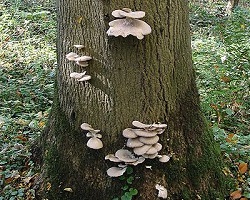
Oyster mushrooms are a tasty example, but not all mushrooms are edible and many are toxic or deadly to eat. Never try eating wild mushrooms unless you know what you are doing.
Small Insects in Big Roles
Last but not least are the insects. There are many, many species of insects in the forest, though you may not see them. Some, like stick bugs, use camouflage to avoid being seen and eaten. There are many herbivorous insects that eat vegetation.
Images via Wikimedia Commons. Whitetail deer by ForestWander.
Read more about: Taking in the Temperate Forest
Bibliographic details:
- Article: Animals of the Temperate Forest
- Author(s): Dr. Biology
- Publisher: Arizona State University School of Life Sciences Ask A Biologist
- Site name: ASU - Ask A Biologist
- Date published: 22 Jul, 2014
- Date accessed:
- Link: https://askabiologist.asu.edu/animals-temperate-forest
APA Style
Dr. Biology. (Tue, 07/22/2014 - 09:07). Animals of the Temperate Forest. ASU - Ask A Biologist. Retrieved from https://askabiologist.asu.edu/animals-temperate-forest
Chicago Manual of Style
Dr. Biology. "Animals of the Temperate Forest". ASU - Ask A Biologist. 22 Jul 2014. https://askabiologist.asu.edu/animals-temperate-forest
Dr. Biology. "Animals of the Temperate Forest". ASU - Ask A Biologist. 22 Jul 2014. ASU - Ask A Biologist, Web. https://askabiologist.asu.edu/animals-temperate-forest
MLA 2017 Style
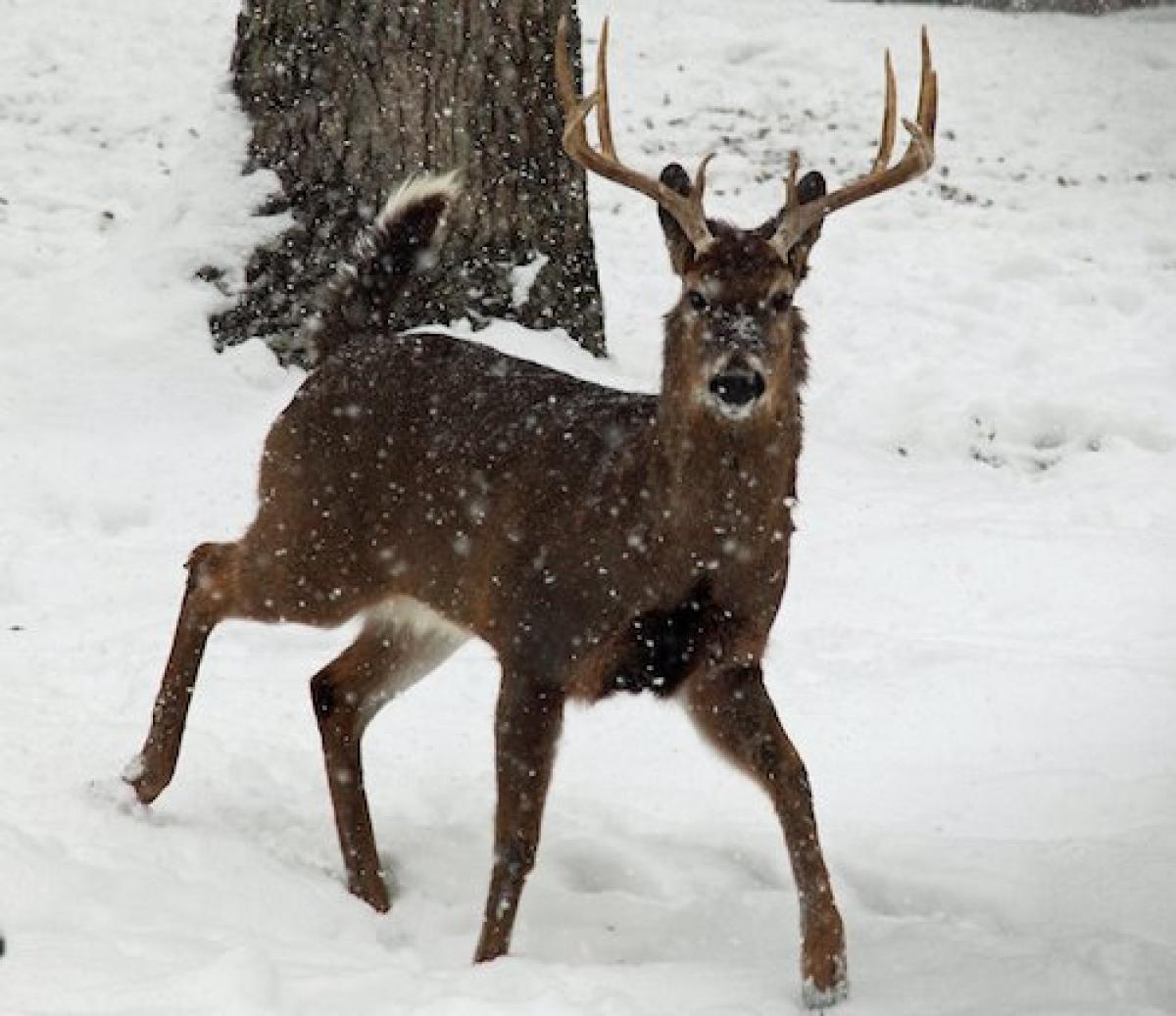
Falling snow isn't stopping this whitetail deer. Deer stay active in the forest all winter.
Be Part of
Ask A Biologist
By volunteering, or simply sending us feedback on the site. Scientists, teachers, writers, illustrators, and translators are all important to the program. If you are interested in helping with the website we have a Volunteers page to get the process started.

